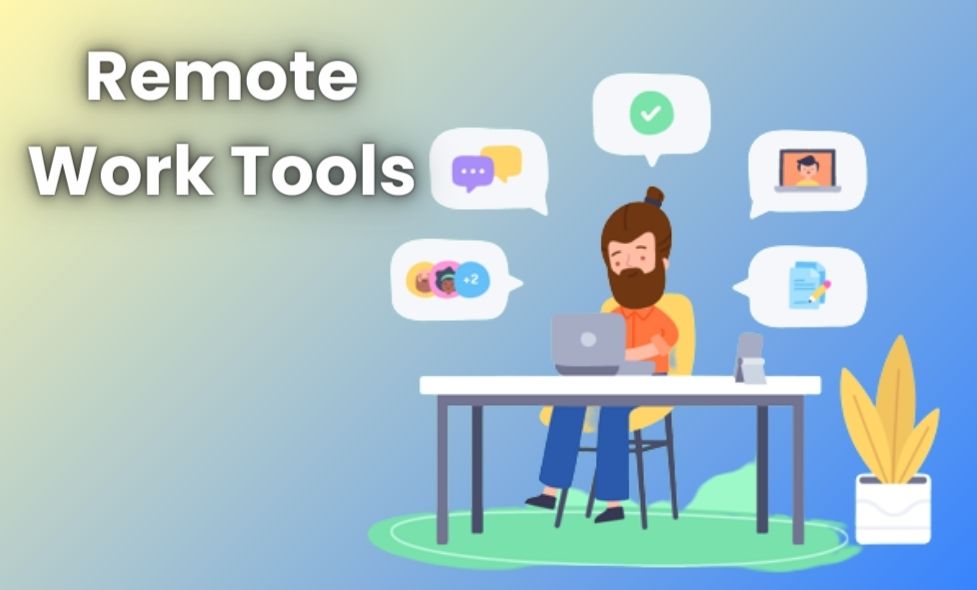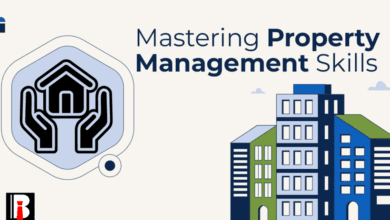Strategies for Harnessing the Potential of Remote Work

Amid technological strides and pandemic-induced shifts, remote work is now standard for many. Completely eradicating remote options and imposing exclusive office returns appears improbable despite discussions. Stanford’s study evidences a 13% productivity surge in remote employees, benefiting firms nationwide. Additionally, workers increasingly prefer remote settings. Leading entities grasp the importance of deliberate remote work approaches, encompassing infrastructure, communication, and policies, considering labor market conditions and persistent COVID-19 concerns.
Quick Shortcut Headlines
What is Remote Work?
Remote work pertains to employees operating beyond conventional office confines, encompassing homes, cafes, co-working venues, or any locale, enabling remote access to work resources and communication utilities. Remote workers commonly leverage technology to interact with peers, obtain work materials, and engage in project cooperation.
The Popularity of Remote Work
The surge in remote work’s popularity, notably prompted by COVID-19, has led businesses to adopt remote arrangements for employee well-being. This practice is anticipated to persist post-pandemic. An ongoing study reveals that over 80% of US workers desire occasional remote work.
What is a Remote Work Strategy?
A remote work strategy is an enduring blueprint crafted by an organization to sustain productivity, efficiency, and optimal employee satisfaction during remote or hybrid work scenarios. A digital workplace platform is central to an effective remote work strategy, facilitating organizations to leverage their workforce’s productivity through a remote-friendly environment.
The Key Elements of a Remote Work Strategy
A remote work strategy involves an organization’s policies for managing a distributed workforce. While the benefits for remote staff are notable, success hinges on creating an empowering environment that matches or surpasses office outcomes. Flo Crivello, CEO of Teamflow, highlighted aligning remote tactics with in-office priorities for a productive, healthy, and contented setting. Amid widespread remote and hybrid models, the focus has shifted to upholding employee happiness and productivity. Michelle Caruana, the founder of Hana Resources, emphasized communication, collaboration, and flexibility within remote strategies for enduring employee satisfaction and productivity.
Where Culture and Processes Fit
For numerous businesses, a remote work strategy emphasizes fortifying culture and processes, two aspects from office settings that can seamlessly transition to remote workspaces, nurturing employees’ sense of belonging. “Many companies misconstrue the essence of company culture,” noted Crivello, adding that it’s rooted in hiring choices and off-stage behaviors. Achieving these demands effective communication and collaboration. However, Crivello highlighted that communication tools like Zoom or Microsoft Teams primarily cater to formal meetings. Therefore, remote leaders might need innovative approaches to foster spontaneous discussions, which is vital for upholding a positive culture.
Here are essential insights for remote leaders seeking ways to enhance their remote work approach, ensuring alignment and focus on company goals.
Migrate Essential Business Processes to the Cloud
Businesses should prioritize digitizing and optimizing internal processes into streamlined workflows, seamlessly transitioning them to the cloud. Digitization enhances efficiency and transparency, enabling teams to monitor and receive real-time process updates. Cloud-based process management empowers remote staff to access assignments and track modifications instantly, fostering enhanced collaboration. Additionally, process digitization facilitates the automation of routine tasks, freeing up time for employees to concentrate on critical and intricate aspects of their roles.
The Right Remote Work tools Can Make all the Difference.

Remote teams require robust tools to enhance communication, collaboration, and efficiency across varying time zones and intricate processes. However, merely adopting cutting-edge technologies won’t inherently optimize your remote work strategy. Selecting tools that align with organizational goals, company culture, and employee requirements is crucial. More complex or matched tools can be needed to improve productivity. Adding new tools may seem reasonable, but it can inflate costs, disperse data, and overwhelm employees.
Set up all the Components of Remote Work
To fully harness the benefits of remote work, businesses must establish a comprehensive infrastructure encompassing various elements, enabling seamless employee collaboration despite the absence of physical interaction.
Key components essential for an effective remote work strategy encompass:
- Asynchronous communication platforms for detailed, spontaneous, and extended discussions, not necessitating immediate responses.
- Synchronous communication, including video, audio calls, and instant messaging, is tailored for urgent discussions, virtual team meetings, and one-on-one talks.
- Project management systems for task tracking, allocation, and oversight.
- Process management solutions to digitize and streamline workflows into structured processes.
- Dedicated cloud storage centralizing business data and documents.
While using individual tools incurs expenses and training efforts, adopting a contextual collaboration approach through a unified digital workplace offers a streamlined alternative, granting access to all these elements via a single dashboard.
Incorporate Contextual Collaboration
Contextual collaboration streamlines remote teamwork by amalgamating diverse online tools into one interface, simplifying digital collaboration for remote staff. Platforms like digital workplaces aim to replicate the ease of in-person teamwork in the virtual realm. For instance, within a contextual collaboration framework, while perusing a project document and requiring input from colleagues, instead of resorting to separate tools, you seamlessly share the document, pose questions, or seek feedback directly by clicking on their names within the collaboration tool. This integrated approach ensures coherent conversations, preventing fragmentation and providing colleagues with a consistent context for messages akin to face-to-face interactions.
Host Annual Company Events
“Annual company events establish a sense of belonging and enable initial face-to-face interactions,” explained Caruana. Given limited in-person opportunities for remote staff, organized activities resembling company retreats enhance employee experience and productivity. These events can involve not only on-site employees but extend to families, replicating past practices. For instance, including spouses, children, or even local pets within smaller teams can foster community and inclusivity reminiscent of pre-remote work practices.
Take Time to Get to Know Employees
Engaging in personal interactions with employees is vital whether a company leader holds any position. While this can occur in person, Crivello emphasizes that remote leaders must make a deliberate effort to connect with team members. This practice identifies potential concerns and cultivates loyalty and a stronger sense of belonging to the team and the organization.
Conclusion
In remote work, a holistic strategy is pivotal for success. Each element plays a crucial role, from supporting technology to nurturing company culture. Prioritizing effective communication, streamlined processes, and employee well-being can propel remote teams toward unparalleled efficiency. Through contextual collaboration and thoughtful engagement, organizations can bridge the gap between virtual and physical workplaces, fostering a harmonious and productive remote work environment. In this ever-evolving landscape, a comprehensive approach ensures that the benefits of remote work are fully harnessed, creating a thriving future for businesses and their dedicated teams.




